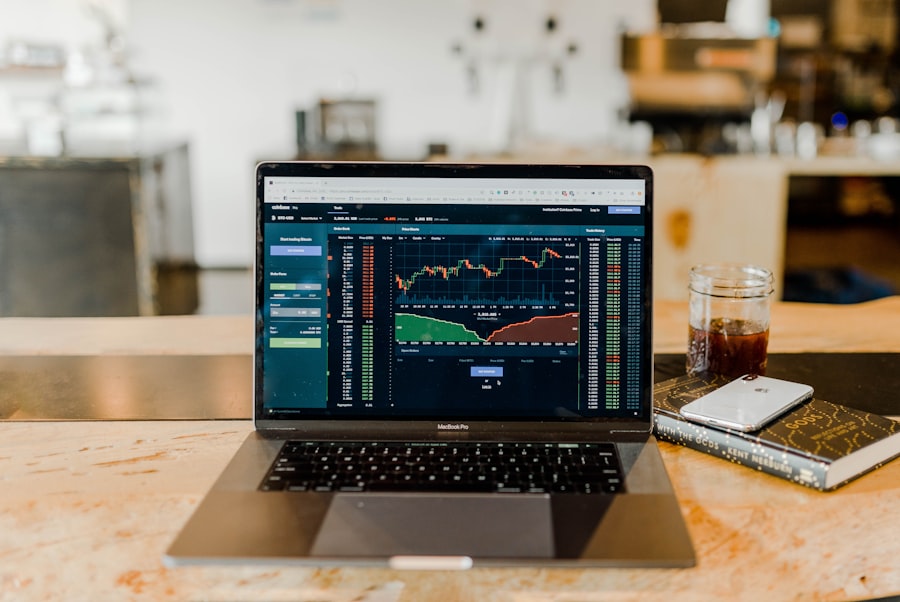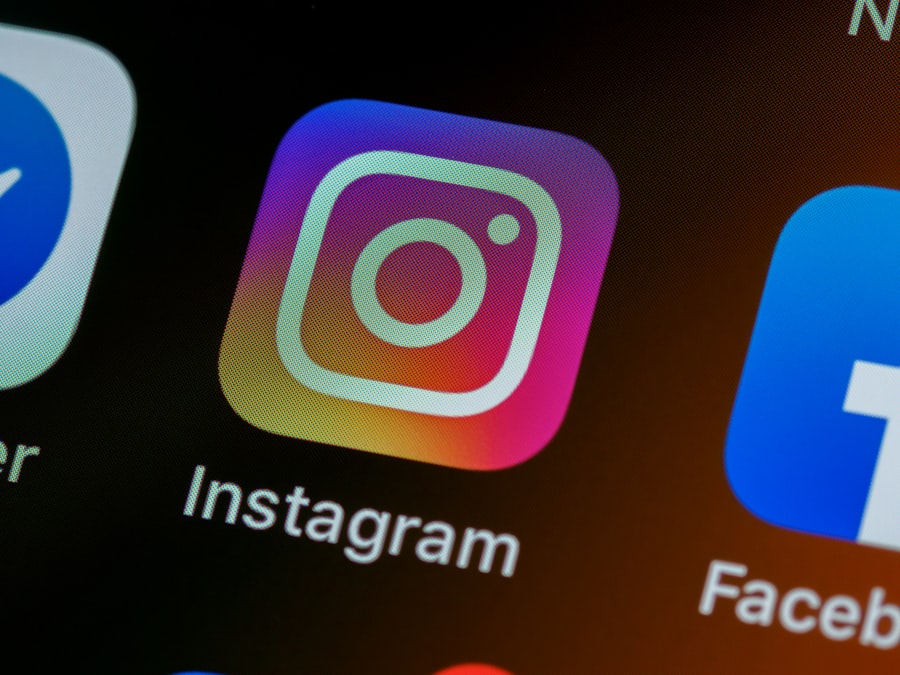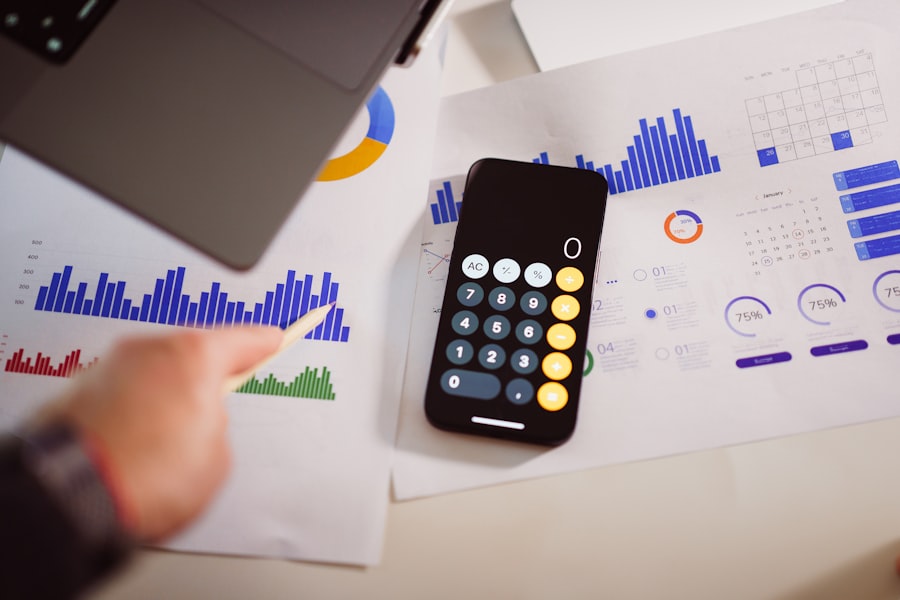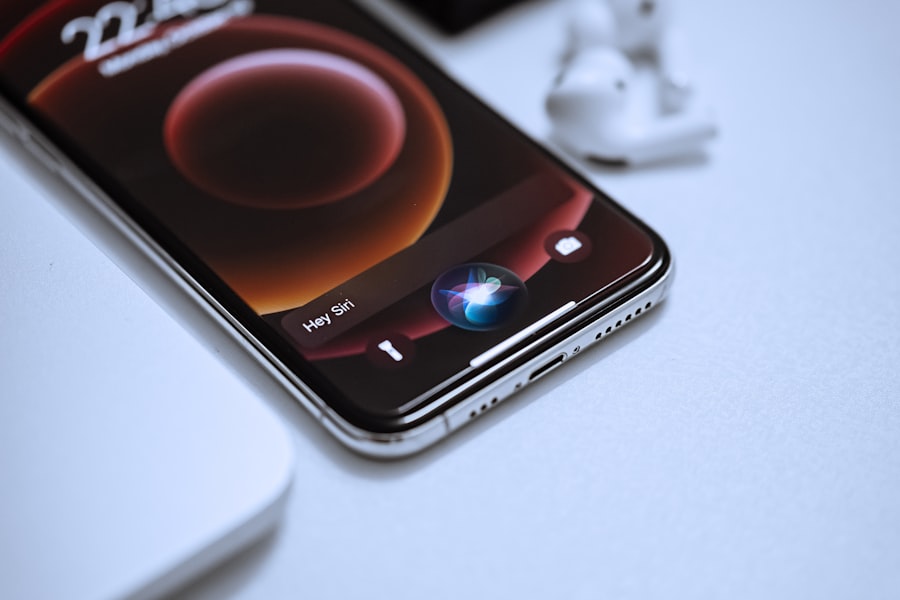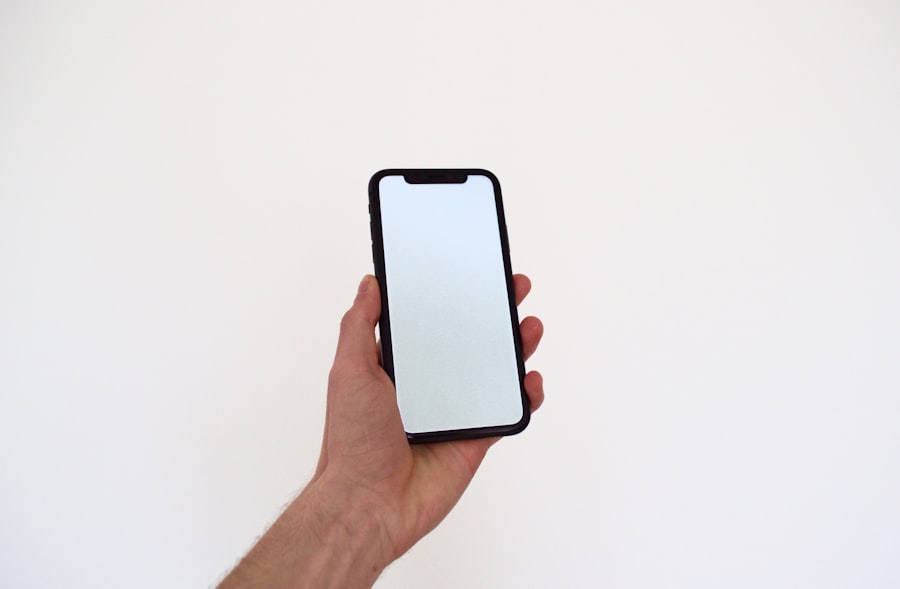In an increasingly digital world, managing personal finances has become more accessible and efficient, thanks in large part to budgeting apps. These applications are designed to help users track their income, expenses, and savings goals, providing a structured approach to financial management. With the rise of smartphones, budgeting apps have gained popularity as they offer convenience and real-time tracking capabilities.
Users can monitor their financial health on the go, making it easier to make informed decisions about spending and saving. Budgeting apps cater to a wide range of users, from those who are just beginning to take control of their finances to seasoned budgeters looking for advanced features. The appeal of these apps lies not only in their functionality but also in their user-friendly interfaces that simplify complex financial concepts.
By leveraging technology, budgeting apps empower individuals to take charge of their financial futures, fostering a culture of financial literacy and responsibility.
Key Takeaways
- Budgeting apps help users track and manage their finances more effectively
- Key features to look for in a budgeting app include expense tracking, goal setting, and bill reminders
- Some of the best free iPhone budget app options include Mint, PocketGuard, and Wally
- Setting up and using a budgeting app involves linking accounts, categorizing expenses, and setting budget limits
- To make the most of a budgeting app, users should regularly review their spending, set achievable goals, and adjust their budget as needed
Features to Look for in a Budgeting App
When selecting a budgeting app, it is essential to consider various features that can enhance the user experience and improve financial management. One of the most critical features is the ability to sync with bank accounts and credit cards. This functionality allows users to automatically import transactions, reducing the manual entry burden and ensuring that financial data is up-to-date.
Real-time syncing can help users identify spending patterns and make adjustments as needed. Another important feature is customizable budgeting categories. A good budgeting app should allow users to create categories that reflect their unique spending habits, whether it be groceries, entertainment, or savings.
This customization enables users to gain insights into where their money is going and helps them allocate funds more effectively. Additionally, features such as goal setting and progress tracking can motivate users to stay on track with their financial objectives. For instance, if a user aims to save for a vacation, the app can provide visual progress indicators that encourage continued saving.
The Best Free iPhone Budget App Options

For iPhone users seeking effective budgeting solutions without the burden of subscription fees, several free apps stand out in the crowded marketplace. One notable option is Mint, which has garnered a loyal following due to its comprehensive features and user-friendly interface. Mint allows users to link their bank accounts, credit cards, and investment accounts, providing a holistic view of their financial situation.
The app categorizes transactions automatically and offers insights into spending habits, making it easier for users to identify areas for improvement. Another excellent free option is PocketGuard, which simplifies budgeting by showing users how much disposable income they have after accounting for bills, goals, and necessities. The app’s “In My Pocket” feature provides a clear picture of available funds, helping users avoid overspending.
Additionally, PocketGuard offers the ability to set savings goals and track progress over time, making it an ideal choice for those looking to build their savings while managing expenses effectively.
How to Set Up and Use a Budgeting App
| Features | Benefits |
|---|---|
| Expense tracking | Helps to monitor spending habits |
| Budget goal setting | Allows to set financial targets |
| Bill reminders | Ensures timely payment of bills |
| Financial reports | Provides insights into financial health |
Setting up a budgeting app is typically a straightforward process that can be completed in just a few steps. First, users need to download the chosen app from the App Store and create an account. This usually involves providing basic information such as an email address and creating a password.
Once the account is established, users can begin linking their financial accounts. Most budgeting apps offer secure connections to banks and credit unions, allowing for seamless data integration. After linking accounts, users should take the time to customize their budget categories based on personal spending habits.
This step is crucial for creating an accurate budget that reflects individual financial situations. Users can then input their income sources and set spending limits for each category. As transactions occur, the app will automatically update the budget in real-time, providing ongoing insights into spending patterns.
Regularly reviewing these insights can help users make informed decisions about adjusting their budgets as needed.
Tips for Making the Most of Your Budgeting App
To maximize the benefits of a budgeting app, users should adopt certain best practices that enhance its effectiveness. One key tip is to regularly review and update budget categories based on changing financial circumstances. Life events such as job changes, moving, or significant purchases can impact spending habits, necessitating adjustments in budget allocations.
By staying proactive in managing their budgets, users can ensure that they remain aligned with their financial goals. Another valuable practice is to set specific financial goals within the app. Whether it’s saving for a down payment on a house or paying off debt, having clear objectives can provide motivation and direction.
Many budgeting apps allow users to track progress toward these goals visually, which can be encouraging and help maintain focus. Additionally, users should take advantage of any educational resources or tips provided by the app to enhance their financial literacy and improve budgeting skills.
Tracking Your Expenses and Income with a Budgeting App

Tracking expenses and income is at the heart of effective budgeting, and budgeting apps excel in this area by offering various tools and features designed for ease of use. Users can categorize transactions as they occur or rely on automatic categorization provided by the app. This feature not only saves time but also helps users gain insights into their spending habits over time.
For example, if a user notices that dining out consistently exceeds their budgeted amount, they can make adjustments to curb unnecessary spending. Income tracking is equally important in maintaining a balanced budget. Many apps allow users to input multiple income sources, whether from salaries, freelance work, or passive income streams.
By having a clear overview of total income alongside expenses, users can make informed decisions about discretionary spending and savings contributions. Some apps even provide forecasting tools that project future income based on historical data, helping users plan for upcoming expenses or savings opportunities.
Benefits of Using a Budgeting App
The advantages of utilizing a budgeting app extend beyond mere convenience; they encompass a range of benefits that contribute to improved financial health. One significant benefit is enhanced visibility into one’s financial situation. By consolidating all financial data in one place, users can easily assess their overall financial health without sifting through multiple bank statements or spreadsheets.
This visibility fosters accountability and encourages responsible spending habits. Additionally, budgeting apps often incorporate analytical tools that provide insights into spending patterns over time. Users can identify trends in their finances—such as seasonal spending spikes or recurring expenses—that may warrant attention or adjustment.
This level of analysis empowers users to make data-driven decisions about their finances rather than relying solely on intuition or guesswork. Furthermore, many apps offer reminders for upcoming bills or payments, helping users avoid late fees and maintain good credit standing.
Conclusion and Final Thoughts
In summary, budgeting apps have revolutionized personal finance management by providing accessible tools that empower individuals to take control of their financial futures. With features designed for ease of use and comprehensive tracking capabilities, these apps cater to a diverse range of users seeking to improve their financial literacy and responsibility. By carefully selecting an app that aligns with personal needs and preferences, individuals can harness the power of technology to achieve their financial goals.
As users embark on their budgeting journey with these apps, it is essential to remain engaged with the process by regularly reviewing budgets and adjusting as necessary. The insights gained from tracking expenses and income can lead to more informed decision-making and ultimately foster healthier financial habits. With dedication and the right tools at hand, anyone can navigate the complexities of personal finance with confidence and clarity.
If you are looking for a comprehensive personal finance app to help you manage your budget, consider linking your bank account to streamline your financial tracking. Valapoint offers a helpful article on how to link your bank account to the best personal finance app here. Additionally, their blog provides valuable insights and tips on personal finance management. For couples looking to track their budget together, Valapoint also recommends a top budget tracking app specifically designed for couples here. With the right tools and resources, managing your finances can be easier and more efficient.







